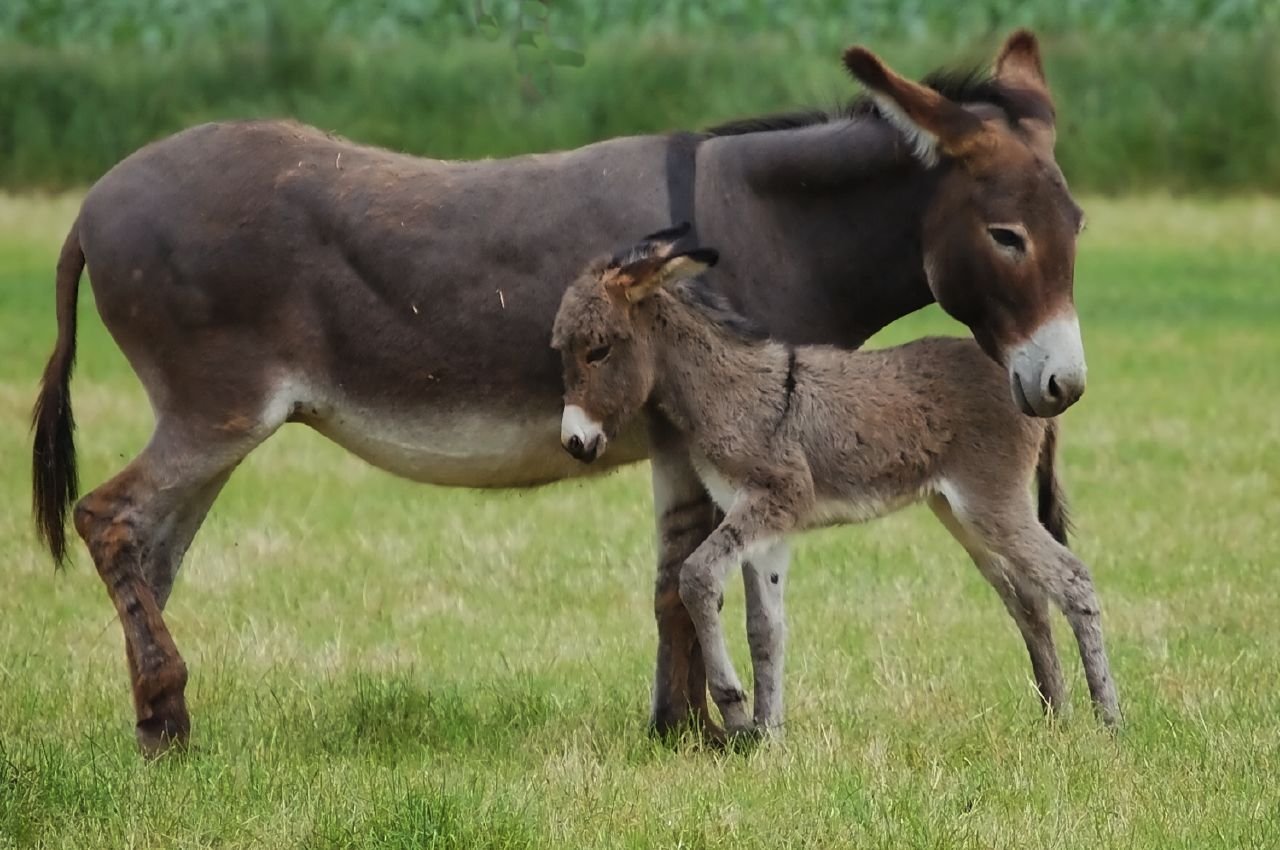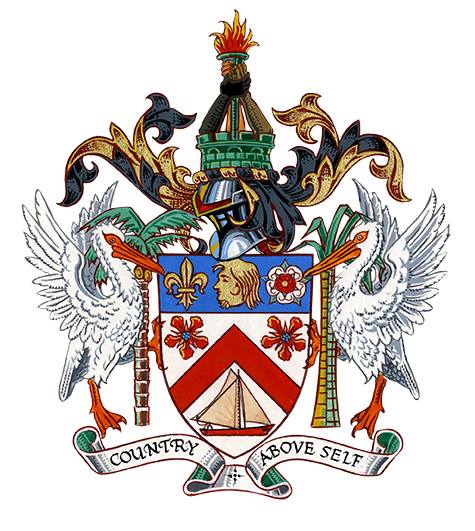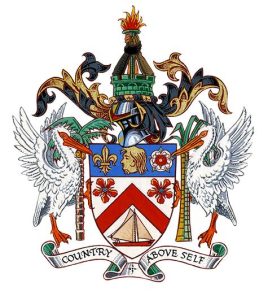Mitigation Strategies Employed by the Nevis Department of Agriculture to Address the Feral Donkey and Monkey Population.
The Donkey and Monkey Menace in St. Kitts and Nevis: A Looming Threat to Agriculture and Livelihoods
The twin-island nation of St. Kitts and Nevis is grappling with a persistent agricultural challenge: the overpopulation of donkeys and monkeys. These animals, while seemingly innocuous, pose a significant threat to the islands’ agricultural sector and the livelihoods of farmers. Their unchecked proliferation leads to widespread crop damage, impacting food security and economic stability. The issue has garnered increasing attention, prompting the Nevis Island Administration (NIA) to actively seek solutions.
Government Intervention and the Department of Agriculture’s Response
Recognizing the urgency of the situation, the NIA, through its Department of Agriculture, has initiated a series of measures to address the donkey and monkey overpopulation. Mr. Randy Elliott, Director of the Department of Agriculture in Nevis, outlined the ongoing efforts during a radio program, “Government at Work,” broadcast on VON Radio. While the specifics of these plans were not fully transcribed in the provided text, Mr. Elliott’s statements suggest a multi-pronged approach involving population control and mitigation strategies. This proactive stance underscores the government’s commitment to safeguarding the agricultural sector and the well-being of its farmers.
Exploring Potential Solutions: Exportation and Beyond
The possibility of exporting donkeys and monkeys to neighboring Caribbean countries has emerged as a potential avenue for managing the overpopulation. This approach could serve multiple purposes, including reducing the animal population in St. Kitts and Nevis while potentially providing economic benefits through trade. However, the feasibility and ethical considerations of such an undertaking require careful evaluation. Mr. Elliott acknowledged the complexities surrounding exportation, indicating that various factors must be considered before implementing such a measure. This cautious approach highlights the need for a thorough assessment of all potential solutions, ensuring both effectiveness and adherence to ethical standards.
Challenges and Uncertainties: Navigating the Path Forward
Despite the Department of Agriculture’s efforts, the donkey and monkey problem remains a complex challenge. Implementing effective solutions requires a comprehensive understanding of the animals’ behavior, population dynamics, and the ecological impact of their presence. Furthermore, securing cooperation from neighboring countries for potential export initiatives and addressing any associated logistical and regulatory hurdles presents further challenges. The long-term success of these efforts will depend on continued research, collaboration, and adaptive management strategies.
Community Engagement and Public Awareness: Key Components of a Sustainable Solution
Addressing the donkey and monkey overpopulation effectively requires a collaborative effort involving not just government agencies but also the wider community. Educating the public about the ecological and economic consequences of this issue is crucial for fostering a sense of shared responsibility. Encouraging responsible pet ownership and discouraging practices that contribute to the animals’ proliferation are essential steps. Engaging local communities in the development and implementation of management strategies will enhance the likelihood of long-term success.
Looking Ahead: Balancing Ecological Considerations and Agricultural Needs
The challenge of managing the donkey and monkey population in St. Kitts and Nevis underscores the delicate balance between preserving ecological integrity and protecting agricultural interests. As the government continues to explore and implement solutions, a holistic approach that considers both environmental and economic factors is paramount. Ongoing monitoring, evaluation, and adaptive management will be essential for ensuring the long-term sustainability of these efforts and safeguarding the livelihoods of those dependent on the agricultural sector.
Share this content:












Post Comment